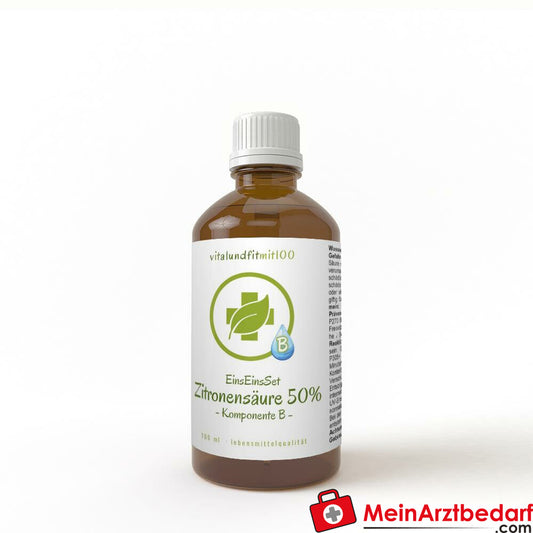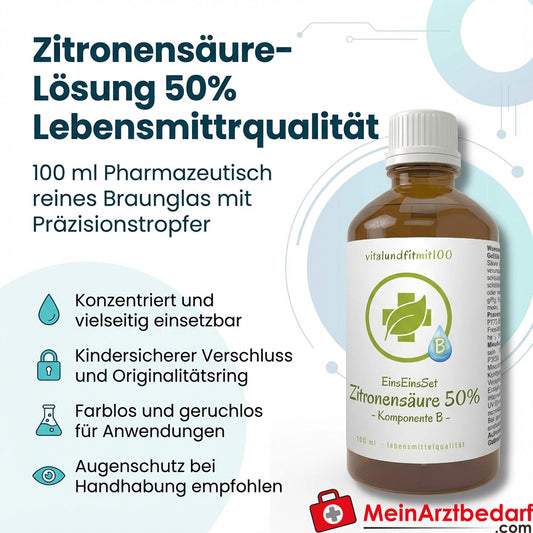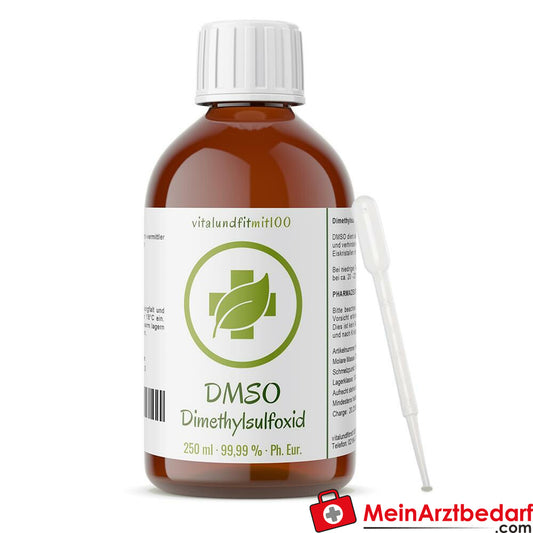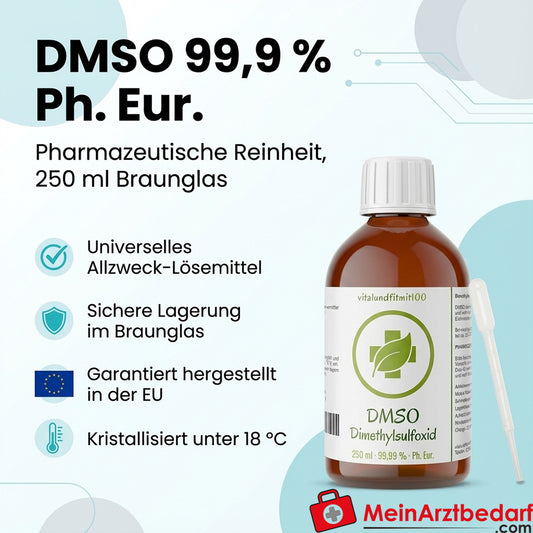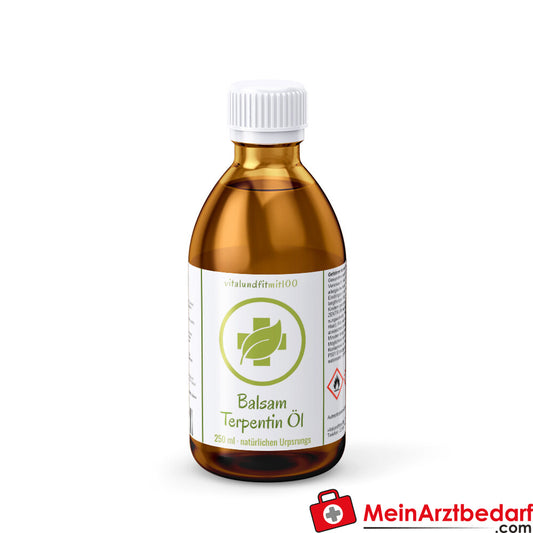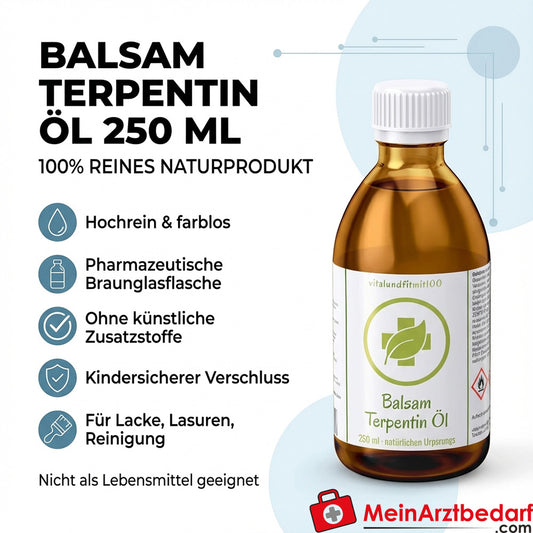Chlordioxid-Lösung CDS/CDL 0,3% Tropfflasche 100 ml Braunglas
Marke: vitalundfitmit100
Zu Risiken und Nebenwirkungen lesen Sie die Packungsbeilage und fragen Sie Ihre Ärztin, Ihren Arzt oder in Ihrer Apotheke. (Pflichttext)
- Lagerbestand gering, bestellen Sie jetzt
Verkauf & Versand durch: Mein Arztbedarf GmbH
Lieferumfang
Lieferumfang: 1 Flasche Chlordioxid‑Lösung (CDS/CDL) 0,3% (100 ml) in pharmazeutischer Braunglas‑Tropfflasche mit Tropfeinsatz, kindersicherem Verschluss und Originalitätsring. Hersteller: Vitalundfitmit100
Produktdetails & Pflichtangaben
Chlordioxid‑Lösung (CDS/CDL) 0,3% – 100 ml Tropfflasche Braunglas
Fertige 0,3% Chlordioxid‑Lösung (CDS/CDL) in gebrauchsfertiger 100‑ml‑Tropfflasche. Zur Anwendung in Trinkwasseraufbereitung, Oberflächen‑ und Tierhygiene sowie allgemeinen Desinfektionsaufgaben; hergestellt in Deutschland nach Originalrezeptur.
Anwendung & Hinweise
Sofort anwendungsfertige 1‑Komponenten‑Lösung, keine Aktivierung erforderlich. Vor Gebrauch Hinweise beachten. Nicht als Arzneimittel deklarierte Produktinformation beachten; bei Unsicherheiten Fachperson konsultieren.
Eigenschaften & Spezifikationen
Einsatzbereiche
Hergestellt in Deutschland nach Originalrezeptur.
Hersteller: Vitalundfitmit100
Wichtige Hinweise
Wichtige Informationen
- Konzentration: 0,3 % Chlordioxid, gebunden an Wasser
- BAuA Reg. Nr.: N-109181
- CAS-Nummer: 10049-04-4
- Produkt ist gemäß CLP-Verordnung nicht eingestuft
- Vor Gebrauch stets Etikett und Produktinformationen lesen
Häufig zusammen gekauft

Über MeinArztbedarf.com
Unser Onlineshop wird von der Mein Arztbedarf GmbH mit Sitz in Hall in Tirol, Österreich betrieben. Wir sind spezialisiert auf medizinischen Fachbedarf, Diagnostik, Beatmungsmedizin und Arzneimittel.
An wen richtet sich das Angebot?
Unser Angebot richtet sich an medizinisches Fachpersonal, Institutionen und Privatpersonen.
Ist die Bestellung sicher?
Ja! Wir nutzen eine verschlüsselte Verbindung (SSL) und arbeiten ausschließlich mit zertifizierten Zahlungsanbietern.
Welche Zahlungsmethoden gibt es?
Wir bieten u. a. Kreditkarte, PayPal, Klarna, Sofortüberweisung, Vorkasse und Kauf auf Rechnung.
In welche Länder wird geliefert?
Wir liefern derzeit nach Österreich, Deutschland, Italien, Frankreich, Polen, Spanien und in die Niederlande.
Kann ich Produkte zurückgeben?
Ungeöffnete und unbenutzte Produkte können Sie innerhalb von 14 Tagen zurückgeben – außer es handelt sich um Hygiene- oder Arzneimittel. Siehe dazu den Widerruf.
Gibt es Mengenrabatte oder individuelle Angebote?
Ja! Für größere Bestellungen oder Einrichtungen erstellen wir gerne ein individuelles Angebot. Kontaktieren Sie uns!


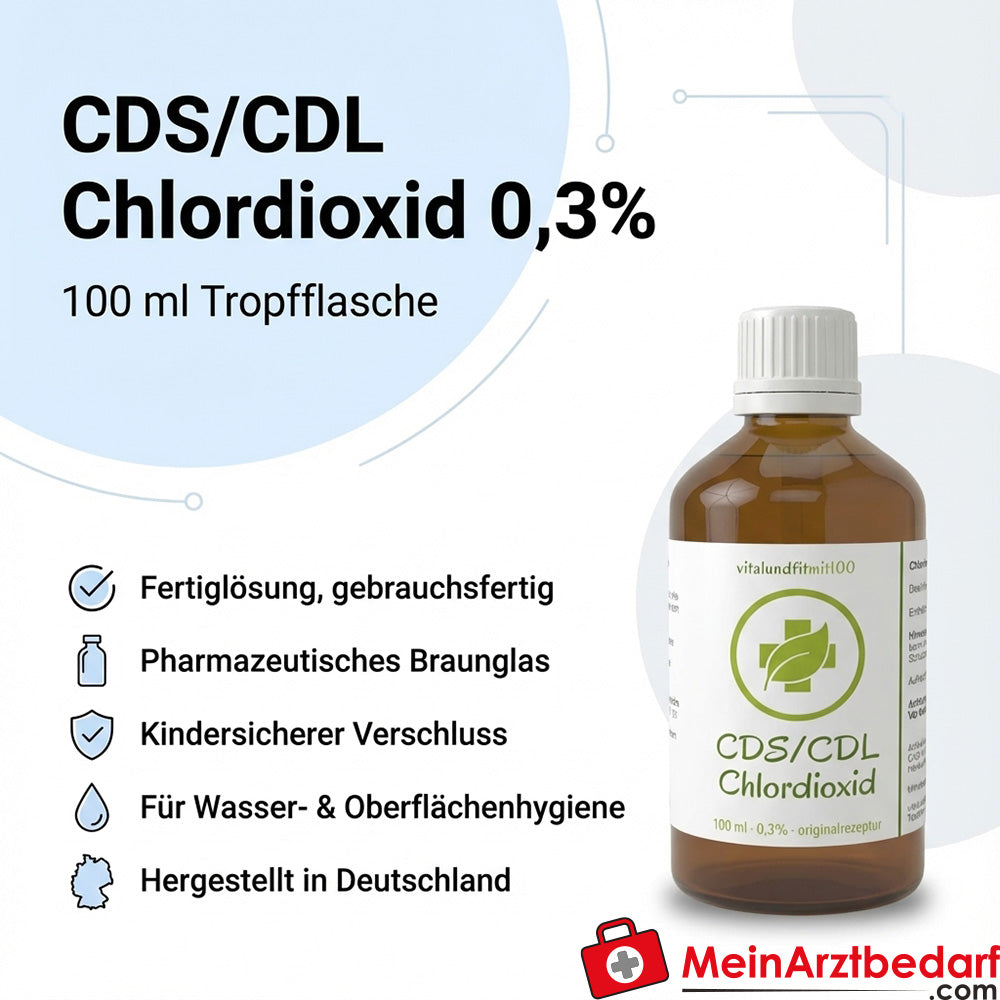

![EinsEinsSet (Bestseller) [100 ml Set].](http://meinarztbedarf.com/cdn/shop/files/8007-1_natriumchlorit-plus-zitronensaeure.jpg?v=1764587647&width=533)
![EinsEinsSet (Bestseller) [100 ml Set].](http://meinarztbedarf.com/cdn/shop/files/8007-3_natriumchlorit-plus-milchsaeure.jpg?v=1764587647&width=533)
